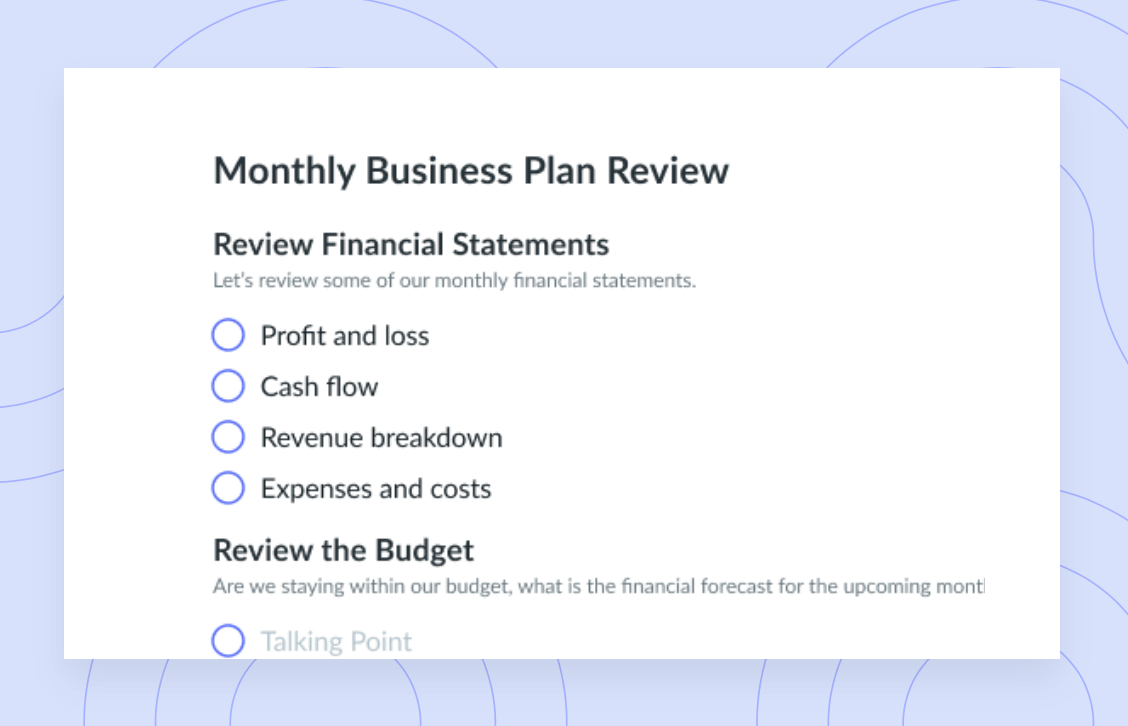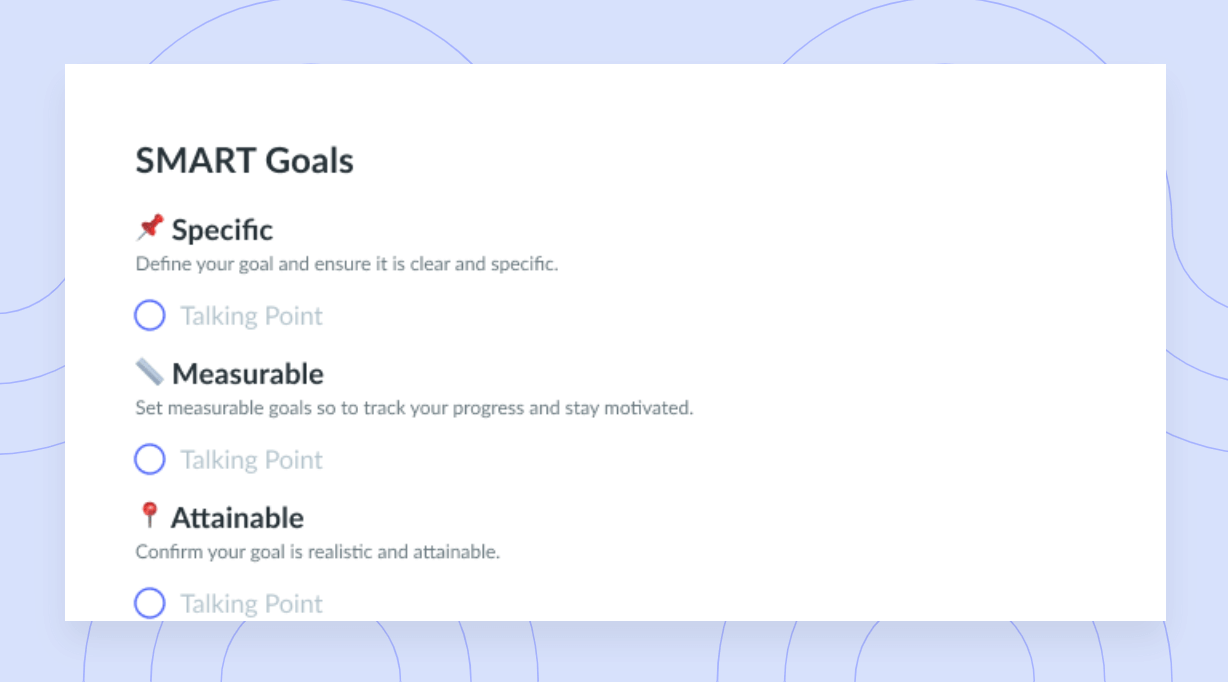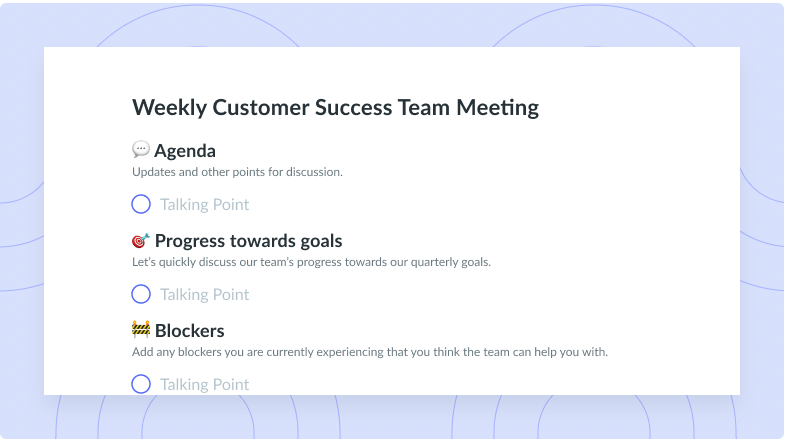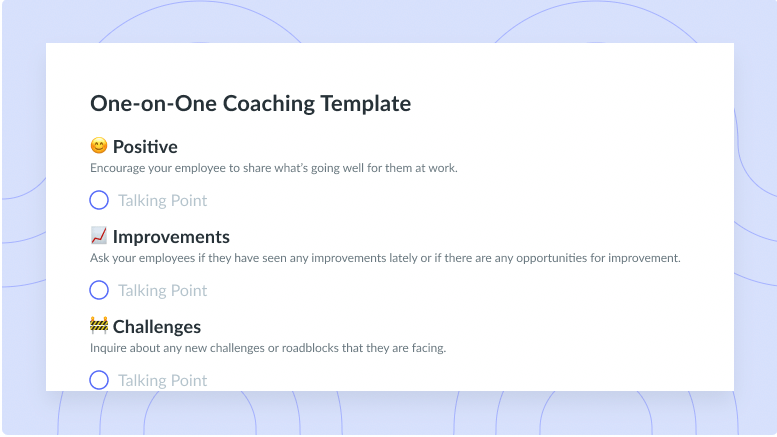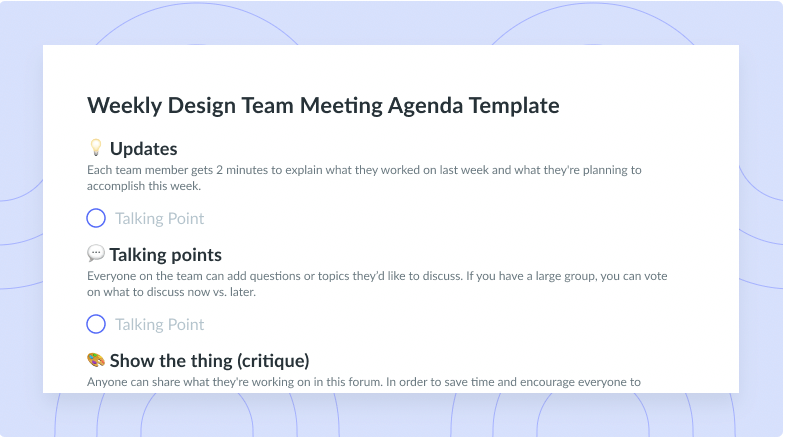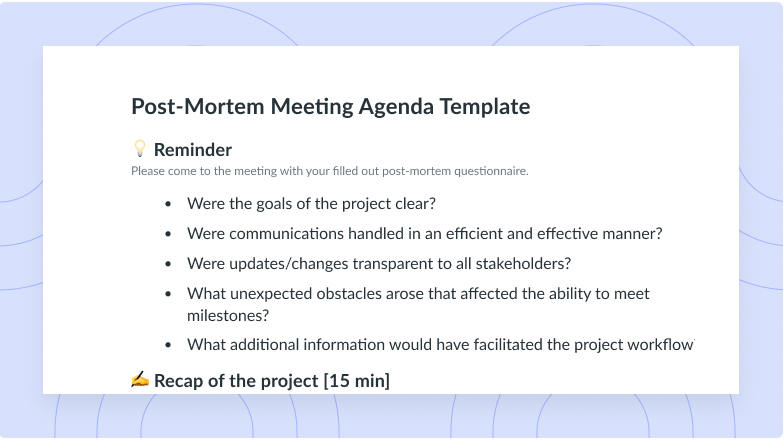How to Become a Chief Operating Officer
Wanting to become a COO? Here are 7 steps to take to become a chief operating officer. Plus, get a free template!
Becoming a chief operating officer (COO) is no easy feat and is a journey that requires patience, persistence, a strong management ability, and a solid leadership background. As the right-hand person to the chief executive officer (CEO), the COO is often the brains behind many of the operational and strategic decisions that are made. The time and effort the COO position requires are often misunderstood and undervalued. The person in this high-level leadership role manages the daily operations of an entire organization, while also managing several other C-level executives and managers.
If you aspire to move into a COO position, it’s essential that you understand what this kind of role entails and what is required to get there. For this reason, this article will cover what a COO is, what the difference is between a COO and CEO, the responsibilities and skills of a COO, as well as the steps you’ll need to take if you’re interested in becoming a COO.
- What is a chief operating officer?
- COO vs. CEO
- What does a chief operating officer do?
- Chief operating officer’s skills
- Steps to take to become a chief operating officer
What is a chief operating officer?
A COO is a high-level leadership role that acts as second in command to the CEO. Sometimes the COO is also called the vice president of operations or is a senior executive who is responsible for managing the daily operations of the company. Some explain the role of a COO through the analogy of the CEO being the brain of an organization and the COO being its hands—the one who turns a vision into tangible business decisions. The COO executes long-term goals by making tactical and strategic decisions about responsibilities that need to be executed. Ultimately, the COO is the second in command to the CEO.

Run efficient meetings, come to a decision, and get back to work
Level up your meeting habits to boost engagement and productivity with a collaborative meeting agenda. Try a tool like Fellow!

COO vs. CEO
While both the CEO and COO are high-level leadership positions and require a lot of the same skills and competencies, these roles differ to a certain degree. The ultimate goal for a CEO is to create a vision for the organization and the ultimate goal of the COO is to execute this vision. The differences between a COO and a CEO come down to hierarchy, primary duties, and skill sets. Regarding hierarchy, the CEO oversees the business operations of the entire company and is, therefore, higher up in the hierarchy. While the COO has the authority to make independent decisions, the CEO ultimately has the final call on large decisions and can change recommendations.
Regarding primary responsibilities, the CEO is tasked with crafting the company’s vision, handling public relations, and coordinating the implementation of crucial initiatives. Alternatively, the COO’s principal responsibility is to take the CEO’s vision and translate it into tangible and actionable steps as well as to manage daily operations and track long-term goals.
Regarding skill sets, a CEO needs to have impeccable leadership and management capabilities, along with solid communication and interpersonal skills. While these are all important competencies for a COO to have as well, a COO’s skills need to be more focused on the implementation of high-level decisions, meaning a COO should have strong analytical abilities, great process improvement skills, and a strong attention to detail.
What does a chief operating officer do?
Because every organization is different, the COO has different responsibilities depending on the size of the company and its industry. What is universal, though, is that the COO works very closely with the CEO to make important business decisions. The COO also works closely with the chief financial officer (CFO) and the chief information officer (CIO) to ensure that every department is on track to reach organizational goals and is supporting the company’s vision. While the COO reports to the CEO, typically other C-level executives report to the COO.
A COO’s principal responsibilities include:
- Communicating business strategies to C-level executive and to various other departments
- Analyzing and developing business strategies based on the company vision and mission
- Delegating tasks and managing teams at a high level
- Ensuring the completion of daily operations and tasks
- Tracking progress and initiating process improvement initiatives to attain goals
- Reviewing sales and marketing to maximize profits
- Updating the executive team with project advancement, news, major challenges, or events
Chief operating officer’s skills
If you’re interested in becoming a COO, you need to have a strong focus on developing particular skills and competencies. In a recent article by Forbes, John Knotts explains:
“[…] COOs typically have an extensive operations background, ideally with at least five different companies and in several different roles and positions — including in a leadership capacity as a director or vice president. They might also have been a COO for a smaller company to start out.”
Principal skills required include:
- Great communication skills
- Great leadership skills
- Supply chain and logistics background
- Quality control and process improvement experience
- Strong organizational and analytical skills
- People management and interpersonal skills
- Program management skills
- Strong ability to build a high-functioning team
- Strategic thinking abilities with solid financial acumen
- Design and development background
- Manufacturing and installation experience
Steps to take to become a chief operating officer
- Get an education
- Gain experience
- Find a mentor
- Gain management experience
- Assign and track objectives
- Take training courses
- Keep track of your accomplishments
1Get an education
First, a strong education is almost always required to become a COO. Because the COO is the person in charge of creating and executing the company’s strategy, typically, a business-related bachelor’s degree is required and in many cases, an MBA in business or in strategy is strongly preferred before an individual can move into this role. Specific academic requirements will vary from one company to the next—especially depending on the industry—but because the COO works at a high-level management role, often a graduate degree and several certifications are a must.
2Gain experience
If you’re looking at becoming a COO, you need to gain a significant amount of experience first. Most companies are seeking professionals with about 15 years of experience and individuals who have experience with several different organizations and perhaps even industries. You’ll also want to gain experience through certifications in operations, process improvement, and change management, and it’s equally important to consider gaining some experience in coaching and consulting experience as well. This experience will equip you with stronger leadership and management skills.
3Find a mentor
While it’s important to gain mentoring skills, it’s also essential to find a mentor for yourself. The majority of successful entrepreneurs or leaders share that they have sought guidance from a career mentor, and they often credit these relationships for their success. The first step to securing a mentor-mentee relationship is determining exactly what it is you’re looking for. From there, you can get to work exploring your network for potential mentors. Once you have found the right mentor to help you move into that COO role, try using our mentor meeting template as a guide for your first meeting.

4Gain management experience
Gaining management experience is essential for moving into a COO position. This means strengthening your people management skills, your project and program management skills, and your strategy skills. Regarding people management, you need to get to know employees on a personal level, support them, build trust, and be aware of organizational behaviors. In project or program management, you need to understand how to oversee a variety of projects to hit organizational goals. With regard to strategic skills, you need to be able to break down long-term business goals into manageable tasks that you can effectively delegate and oversee.
5Assign and track objectives
As the COO, you’ll need to get used to assigning and tracking objectives throughout each stream of the business. As such, you need to start paying attention to the objectives that are set and identifying plausible means to achieve them effectively and on time. This is essential because as a COO, you’ll have several executive leaders reporting to you, and you’re responsible to align executives and their departments with the company vision, policies, procedures, and objectives per the CEO. With Fellow, you can seamlessly assign and track objectives using objectives and key results (OKRs) in Fellow’s Objectives tool so you can stay on top of your team’s goals by clearly recording, defining, and tracking the progress of your goals.
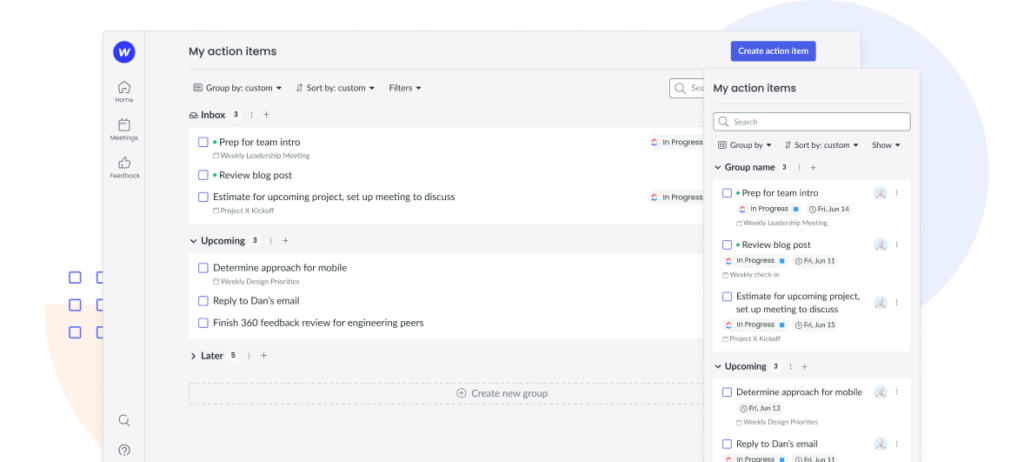
6Take training courses
Because a COO has a diverse range of responsibilities, taking training courses is important to build your skills and knowledge in different areas of the business. Aiming to get a good grasp of every department at a high level will help you advise and execute business plans. It’s important to have a professional background that has dipped into different industries and organizations to generate stronger understanding of business strategy in general. Invest your time into a wide range of training courses, especially in areas where you have minimal knowledge or experience.
7Keep track of your accomplishments
Make sure that you’re keeping track of your accomplishments both personally and professionally. Once you get in the habit of tracking your own accomplishments, you can move to systematically tracking the goals of various teams and streams so you can prepare yourself to be on top of tracking the organization’s accomplishments at a high level.
Fellow pro tip: Keep a private or shared stream of your wins with the CEO (or manager if you’re not yet an executive) to gain visibility on your accomplishments.
Parting advice
Becoming a COO is a huge professional accomplishment that requires time, effort, persistence, and continuous learning and development. Because the COO oversees the internal operations of the entire organization and supports the CEO through their experiences, skill sets, industry knowledge, and decisions, they play an essential role in any company and to that company’s growth. The COO optimizes every opportunity by transforming visions into tangible business actions.



![How to Have an Effective Reverse Interview [+Examples]](https://fellow.app/wp-content/uploads/2022/07/reverse-interview.jpg)





